Recommendations for planting and caring for euonymus
Euonymus is a plant that is not very popular in garden plots in central Russia. Meanwhile, the cultivation of euonymus, planting and caring for it is quite simple. It can become a magnificent decoration of an autumn garden, because in its decorativeness in autumn it has no equal among other trees and shrubs.
The main decoration of this plant is leaves and earrings. In autumn, the leaves turn yellow, red, orange, purple, and one leaf can combine several colors. Earrings are pale green in early autumn, in October they turn purple, scarlet, yellow. If we also consider that this plant is unpretentious and winter-hardy, then we can advise every gardener to grow it on his site.
Types of euonymus
Euonymus is a woody plant common in Europe and Asia. The euonymus family includes short trees and shrubs, both evergreen and deciduous. In total, there are about 200 species of it, in our country no more than 20 are grown. Let's list the most common of them.
European
Distributed in deciduous forests of Europe and Asia Minor. European spindle tree is a tree no higher than 6 meters high, looking more like a shrub. European spindle tree is a cold-resistant species, easily tolerates drought, grows well in the polluted city air. European spindle tree is perfect for hedgebecause it tolerates pruning well. There are several subspecies of the European variety: weeping, dwarf, with different leaf colors - purple, silver-spotted.
Winged
This species grows in Korea, Japan, China and Sakhalin. Winged euonymus grows in deciduous forests, along rivers and mountain streams. Most often, winged euonymus is a shrub no more than 3 meters high or a tree about 4 meters high. Unpretentious to light and soil moisture, although it grows better in well-lit places. Winged euonymus has high winter hardiness, but in very severe frosts, the ends of the branches can freeze and require pruning. It got the name "winged" because of its branches, which look like wings.
Fortune
Distributed in China. Fortune's spindle tree is very different from other species. This is an evergreen creeping shrub that grows well in central Russia. It is frost-resistant, since its creeping shoots are completely covered with snow in winter. Forchun's euonymus has many decorative subspecies, they differ in the color of the leaves.
The most decorative of these is the Emerald Gold subspecies. Its evergreen leaves are edged with a yellow border in the form of stripes and spots. In autumn, they acquire a bright pink color, so Emerald Gold decorates the garden for several seasons.
Fortune's euonymus easily tolerates pruning. In varieties with variegated leaves, it is advisable to remove green shoots if they are knocked out of the bulk. Fortune's eonymus is irreplaceable as a ground cover crop.
Japanese
An evergreen shrub that is grown both in the garden and as a houseplant. In the wild, Japanese euonymus can grow up to 7 meters in height. He needs certain conditions for full growth.
Japanese euonymus is also of several types.
- Pseudolavr, or indoor. It grows only in greenhouse or indoor conditions, it does not tolerate low temperatures at all.
- Microfillus... This is a Japanese euonymus with variegated leaves, up to 50 cm high.
- Japanese dwarf spindle tree - a creeping shrub, which, in addition to decorative leaves, has beautiful flowers.
Reproduction and cultivation
Basically, the plant reproduces by cuttings, layering, dividing a bush or seedlings, very rarely - by seeds.
- Propagation by cuttings.
Cutting is best done at the end of June. Cuttings about 8 cm long with one internode are cut, planted in a greenhouse in a previously prepared and fertilized soil. After about 1.5 months, when the cuttings give roots, they are transplanted to a permanent place in the open field. Forchun's euonymus, Japanese euonymus reproduce by cuttings.
- Reproduction by root layers.
The root layers are separated in the spring, immediately after the soil thaws. Layers should be no higher than 50 cm in height; it is desirable to keep a lump of earth on the roots. It can be planted directly in open ground or in a greenhouse for growing up to the height of a standard seedling. Forchun's euonymus and Japanese euonymus are propagated by root layers.
- Reproduction by dividing the bush.
In this way, dwarf species with superficial roots are most often propagated. The shoots are carefully separated from the mother plant, leaving part of the rhizome, cut it by 2/3 and planted in a permanent place. By dividing the bush, Japanese euonymus, Fortune, multiplies.
- Reproduction by seedlings.
For seedlings, pits are prepared in advance, their size will depend on the size of the seedlings. It is advisable to pour broken brick and sand at the bottom of the pit as drainage. When planting, you need to ensure that the roots of the seedling are straightened, and the root collar is not covered. The earth needs to be compacted from time to time so that no air remains in it.
The distance between the seedlings depends on the variety and on the purpose of planting, if it is a hedge, then the plants need to be planted denser. Plantings are watered and mulched abundantly to retain moisture. The European and winged euonymus are propagated by seedlings.
Advice
If the seedlings have to be transported, the roots are wrapped in paper or a damp cloth. Before planting in the open field, you need to prepare a mixture of equal parts of water and clay, add a few crystals of potassium permanganate and lower the roots into this mixture for a few minutes.
- Reproduction by seeds.
Seeds are harvested in autumn, sown directly into the soil. For the winter, plantings are mulched with foliage or straw. If the seeds are stored until spring, then they need to be soaked in warm water for several days, then placed in the refrigerator for 4-5 months for stratification.
Planting and leaving
Planting a spindle tree requires compliance with the following simple rules.
- When choosing a place for planting, it must be remembered that the plant grows strongly both in height and in width. Therefore, the distance between the euonymus and other plants and buildings on the site should be sufficient.
- A slightly alkaline soil is suitable for the plant; lime must be added to the acidic soil in advance. Heavy soil is diluted with sand or peat in a 1: 5 ratio, and compost is also added. Top mulch with peat to retain moisture.
- Dwarf species can be placed in containers or boxes, and brought home for the winter.
Care for euonymus is quite simple and consists in watering, feeding and pruning.
- Water the plant as the soil dries out abundantly, but infrequently. Only young seedlings require frequent watering if the summer is very hot. Trunk circles, to retain moisture, are mulched with peat or sawdust.
- The plantings are fed twice a season: in spring and autumn with mineral fertilizers. You can apply organic fertilizers under the plant in the spring, for example, pour it with diluted slurry.
- Pruning is carried out in the spring, before the buds bloom. Cut out old, weak and broken branches. Pruning is beneficial for the plant, after which it begins to actively branch. In tree species, you can form a crown of various shapes: a cone, an ellipse, a ball. This will give the landings additional decorative effect.
Diseases and pests
The plant is most often affected by stem rot and powdery mildew. Trunk rot is a fungal disease. It is very difficult to treat it, therefore prophylaxis is necessary in the form of treatment in spring and autumn with a Bordeaux mixture. All infected parts of the plant are removed and burned. When powdery mildew appears on the branches and leaves, it is necessary to treat it with a fungicide 3 times with a break of 10 days.
Pests are spider mites, caterpillars and aphids. To destroy ticks and aphids, spraying with "Aktellik" or "Fitoverm" is performed. Caterpillars are harvested by hand. It is noticed that if the caterpillars attacked the euonymus, then there are no caterpillars on the fruit trees that grow next to it.
Decorative use
Fortune's euonymus is used as a ground cover plant to decorate rocky gardens and alpine hills. Some of its varieties can twine around the support. Forchuna's euonymus can winter indoors in winter gardens. Quite often, Fortune's euonymus is planted for landscaping balconies.
Japanese dwarf spindle tree is used as a bonsai, subject to pruning of branches. For landscape design, Japanese euonymus is good as a tub plant, since it does not tolerate low temperatures.
European spindle tree for garden decoration is used both in groups and individually. With the help of pruning, the crown of the European spindle tree is given various forms that look very elegant and unusual. Planted along the fence, the European euonymus creates a hedge.
On rocky hills, a winged euonymus looks spectacular in the form of a bush, it takes root with lower branches and grows well. Winged euonymus can also surround the site with a hedge. In compositions of trees and shrubs, winged euonymus looks harmoniously next to a juniper. In addition, winged euonymus feels great in the polluted city air.
In a word, it is worth planting this extraordinary plant in your garden, so that you can admire its beauty on gloomy autumn days.
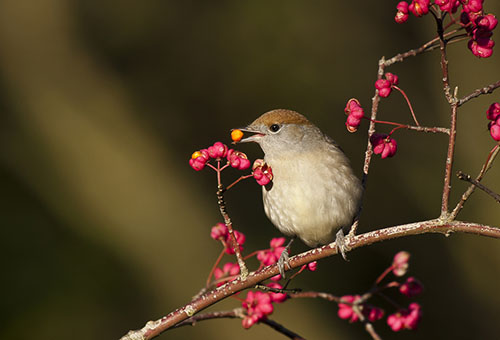
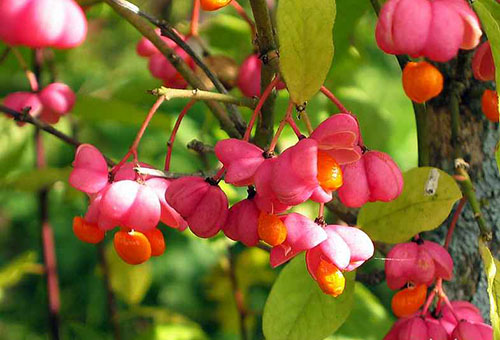
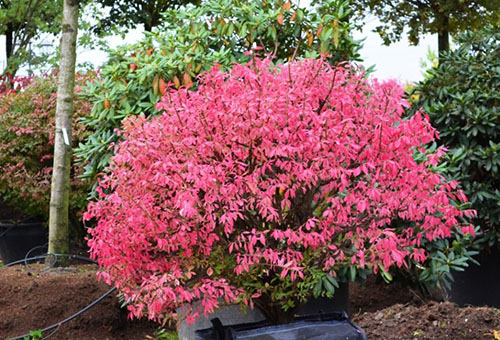

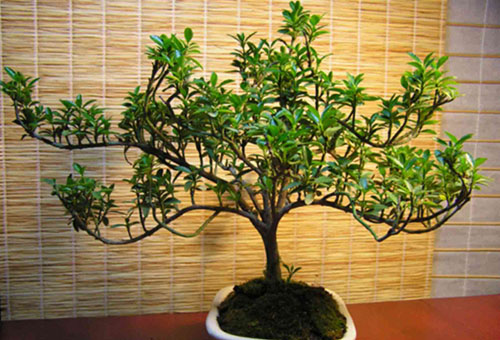
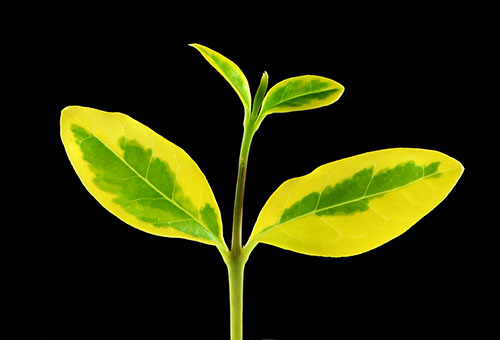
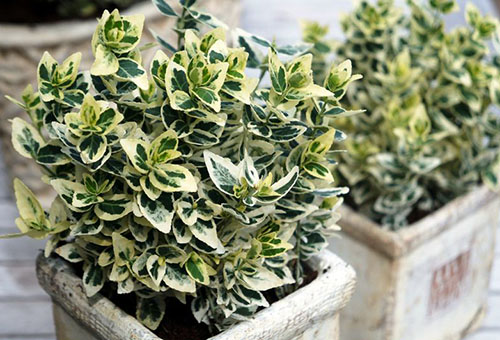
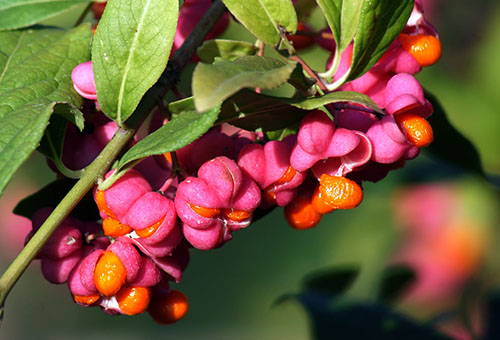

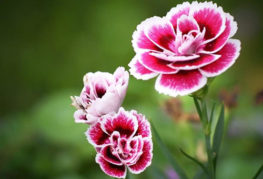
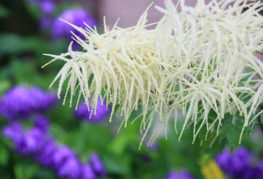
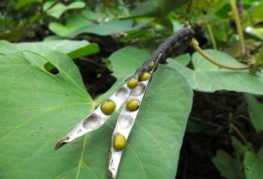
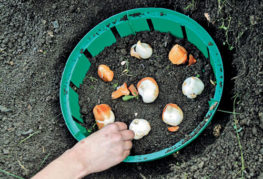
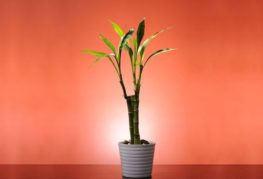
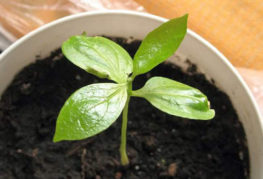
and will be published shortly.